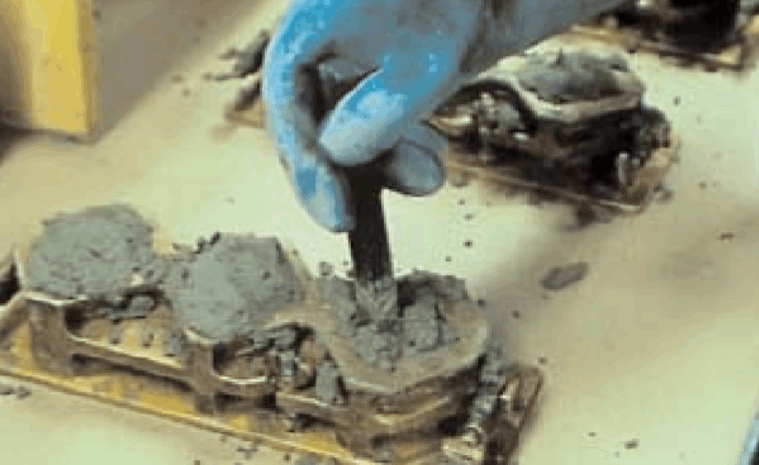J.A. Farny1, J.M. Melander2, and J.H. Greenwald3
- Program Manager, Masonry and Special Products, Portland Cement Association, 5420 Old Orchard Road, Skokie, Illinois, 60077, jfarny@cement.org
- Director of Product Standards and Technology, Portland Cement Association, 5420 Old Orchard Road, Skokie, Illinois, 60077, jmelander@cement.org
- Vice President of Research and Development, National Concrete Masonry Association, 13750 Sunrise Valley Drive, Herndon, Virginia, 20171, jgreenwald@ncma.org
ABSTRACT
Mortar, a key component of masonry construction, is typically produced on site per prequalified volume-based proportions, unlike most other building materials. With the advent of engineered masonry construction, specifiers and code authorities have employed various quality control tests to verify the acceptability of site-mixed mortar. Generally, those methods have consisted of selected procedures from ASTM C780, Preconstruction and Construction Evaluation of FieldMixed Mortars, sometimes modified by a specific code or specification. This paper reviews methods and practices used in the U. S. and Canada, examines reported data, and discusses the advantages and limitations of each. The paper also presents new information on the aggregate ratio test method outlined in Annex 4 of ASTM C 780, including ruggedness and sensitivity data.
KEYWORDS: mortar aggregate ratio, field testing, QA
1a-1



